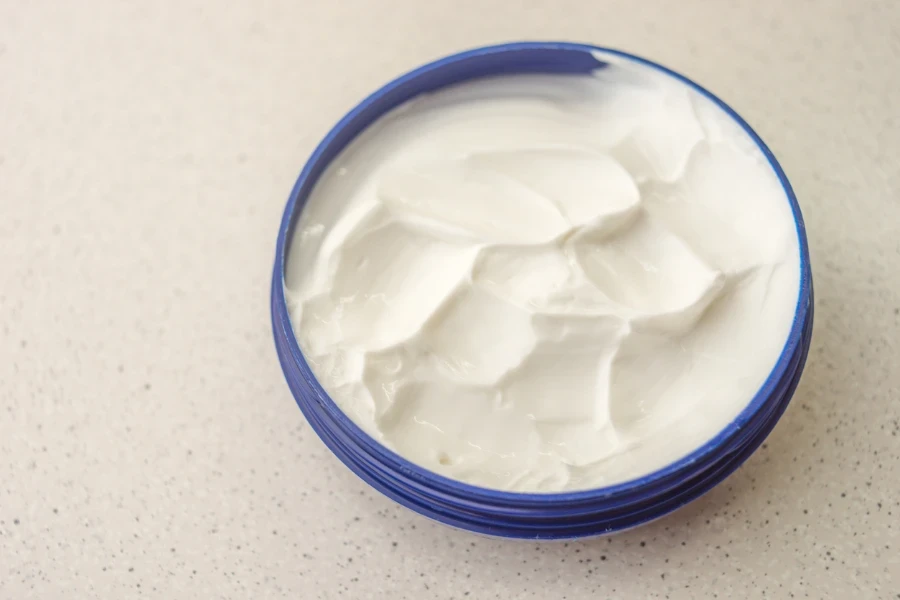Fluorouracil cream stands as a significant advancement in the realm of dermatological treatments, offering a ray of hope for individuals battling certain skin conditions. This article aims to shed light on the aspects of fluorouracil cream that matter most to users, providing an in-depth understanding of its application, benefits, potential side effects, and the science behind how it works. By breaking down complex information into accessible insights, we empower our readers to make informed decisions about their skin health.
Table of Contents:
– What is fluorouracil cream and how does it work?
– The benefits of using fluorouracil cream
– Potential side effects and precautions
– How to properly use fluorouracil cream
– Understanding the science behind fluorouracil cream
What is fluorouracil cream and how does it work?

Fluorouracil cream is a topical medication used to treat certain skin conditions, including actinic keratosis and superficial basal cell carcinoma. It belongs to a class of drugs known as antineoplastics, which work by inhibiting the growth of abnormal cells that cause these conditions. The cream is applied directly to the affected area, targeting the cells that need treatment while minimizing exposure to healthy skin.
The mechanism of action of fluorouracil cream involves interfering with the DNA and RNA synthesis of rapidly dividing cells, effectively stopping their growth and causing them to die. This selective action makes fluorouracil cream an effective treatment for precancerous and cancerous skin lesions, as these cells typically divide more rapidly than normal cells.
Despite its effectiveness, understanding how fluorouracil cream works can help users set realistic expectations and recognize the importance of following their healthcare provider’s instructions closely. This knowledge also underscores the significance of using the cream only for conditions for which it has been prescribed, as its mechanism of action is specifically targeted at certain types of cell growth.
The benefits of using fluorouracil cream

Fluorouracil cream offers several benefits for individuals dealing with specific skin conditions. Firstly, its targeted approach allows for the treatment of affected areas without invasive procedures, providing a non-surgical option that can be administered at home. This aspect is particularly appealing for those seeking alternatives to more aggressive treatments like surgery or laser therapy.
Moreover, fluorouracil cream has been shown to be effective in reducing the appearance of precancerous lesions, potentially preventing the progression to skin cancer. Its use in treating superficial basal cell carcinoma also highlights its role in managing non-melanoma skin cancers, offering a therapeutic option that can minimize the need for more extensive treatments.
Another benefit of fluorouracil cream is its contribution to the overall health of the skin. By removing abnormal cells, the cream can help improve skin texture and appearance, leading to better skin health over time. However, it’s important for users to understand that benefits can vary based on individual response to the treatment and the severity of the condition being treated.
Potential side effects and precautions

While fluorouracil cream is a valuable treatment option, it’s crucial for users to be aware of potential side effects and precautions. Common side effects include redness, irritation, and sensitivity at the application site. These reactions are typically mild and indicate that the medication is actively targeting abnormal cells. However, more severe side effects, such as open sores or severe skin irritation, should be reported to a healthcare provider immediately.
Precautions include avoiding unnecessary sun exposure and using sunscreen on treated areas, as fluorouracil cream can make the skin more sensitive to UV rays. It’s also important to avoid applying the cream to healthy skin or sensitive areas, such as the eyes, nose, and mouth, to prevent irritation.
Understanding these potential side effects and precautions allows users to better manage their treatment and minimize discomfort. It also emphasizes the importance of following the instructions provided by healthcare professionals to ensure the safe and effective use of fluorouracil cream.
How to properly use fluorouracil cream

Proper application of fluorouracil cream is key to maximizing its benefits while minimizing potential side effects. Users should start by cleaning the affected area with mild soap and water, patting it dry before applying a thin layer of the cream. It’s essential to wash hands thoroughly before and after application to prevent spreading the cream to unintended areas.
Following the prescribed schedule, whether once or twice daily, contributes to the effectiveness of the treatment. Users should also be patient, as improvements may take several weeks to become noticeable. During this time, monitoring the treated area for signs of severe irritation or adverse reactions is crucial, and any concerns should be discussed with a healthcare provider.
Understanding the science behind fluorouracil cream

At its core, the effectiveness of fluorouracil cream lies in its ability to target and disrupt the DNA synthesis of abnormal cells. This process is facilitated by the cream’s active ingredient, fluorouracil, which is metabolized by the cells into a compound that inhibits thymidylate synthase, an enzyme critical for DNA replication. This disruption prevents the cells from dividing and growing, leading to their eventual death.
The specificity of fluorouracil cream’s action on rapidly dividing cells underpins its use in treating precancerous and cancerous skin lesions. By understanding the scientific principles behind its mechanism of action, users can appreciate the rationale behind the treatment and the importance of adhering to their prescribed regimen.
Conclusion:
Fluorouracil cream represents a significant advancement in the treatment of certain skin conditions, offering a non-invasive option that targets abnormal cells while preserving healthy skin. By understanding its mechanism of action, benefits, potential side effects, and proper usage, users can navigate their treatment with confidence. It’s essential to follow healthcare professionals’ guidance and remain informed about the treatment to achieve the best possible outcomes.



